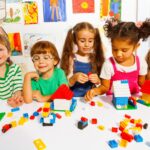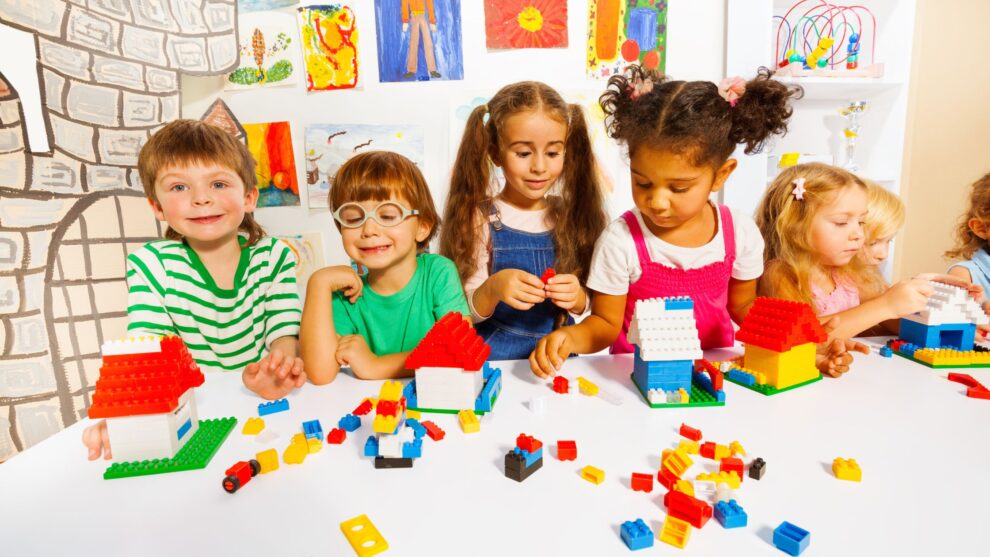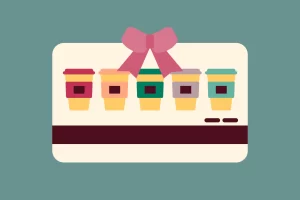Children thrive in spaces that honor both imagination and structure—but too often, environments lean one way or the other. The sweet spot isn’t accidental. Constructive play offers an unexpected ally: physical scene mapping. Brick sets give shape to ideas that are still abstract, allowing storytellers to externalize plot structure in a way that’s both visual and tactile. This is where curiosity becomes competence, and play becomes strategy.
- Building Executive Function Through Play
Stacking bricks isn’t trivial. Each decision, each retry, is a micro-lesson in executive function—the mental toolkit for planning, self-control, and problem-solving. Constructive building isn’t just “fun”; it’s a structured rehearsal for life skills.
And if you want to take that growth seriously, you can turn to a lego malaysia online certified store to equip your child with high-quality sets that strengthen dexterity, sharpen hand-eye coordination, and supercharge spatial awareness and critical thinking—all through the power of play.
The core components of executive mechanics developed through constructive play include:
- Sequencing: Multi-step builds teach kids to plan before acting.
- Error recovery: Failed designs become opportunities to analyze, adjust, and iterate.
- Perseverance: Multi-stage building enhance the passion (what drives the goal) and the perseverance (the stamina to stick with it); it’s what builds perseverance.
In modern learning, educational psychology helps integrate building strategically; effectively scaffolding the same cognitive processes children use for reading comprehension, math problem-solving, and goal-directed behavior—without worksheets, lectures, or pressure.
- From Touch to Thought: Translating Play Into Academic Skills
Abstract thinking clicks when it’s tangible. Bricks turn ideas into experience. Concepts like geometry, ratios, or spatial relationships stop being lines in a textbook—they become manipulable, testable, and alive.
Key developmental wins:
- Spatial reasoning: Understanding how pieces interconnect strengthens geometry, engineering, and visualization skills.
- Fine motor precision: Snap-fit connections improve coordination and handwriting readiness.
- Scale and proportion: Miniature models embed math intuitively, without drills.
This is learning by doing, not memorizing. Children internalize logic and relationships, creating confidence that transfers to formal education effortlessly.
- Curating Play as a Strategic Resource
Play-based learning leverages quality materials as a “third competent teacher”. Thus, choosing play materials with intent is crucial to achieving the intended goals while eliminating unnecessary risks. For schools, learning centers, or parents seeking sustained impact, this means crafting a resource ecosystem that evolves alongside the child.
Strategic curation involves:
- Balancing open-ended bricks with structured, themed sets for skill scaffolding
- Securing quality and continuity through reliable and registered distributors of tools like LEGO.
- Using thematic kits—architecture, history, ecosystems—to anchor cross-disciplinary lessons
Purposeful curation transforms play from casual pastime into a structured learning pathway, where every brick is an opportunity to reinforce comprehension, creativity, and problem-solving.
- The Analog Advantage: Focus and Collaboration in a Digital World
Screens fragment attention. Structured building restores it. Physical manipulation demands focus, negotiation, and goal-oriented collaboration. This analog engagement nurtures patience and social competence, offering a rhythm that digital devices can’t replicate.
Concrete outcomes:
- Classrooms with restless learners experience calmer, sustained engagement
- Group builds enhance communication, teamwork, and conflict resolution
- Children develop self-regulation through predictable, tactile tasks
Analog play teaches the mind to value depth over speed—a rare skill with outsized impact in modern education.
In essence, great play is the true blueprint for a child’s mind. Intentional building lays the strong foundation for skills they’ll use their whole life: thinking, sharing, and feeling. Investing in quality tools, like the right LEGOs, isn’t about buying toys; it’s about raising confident, adaptable thinkers ready to shape a complex world.














